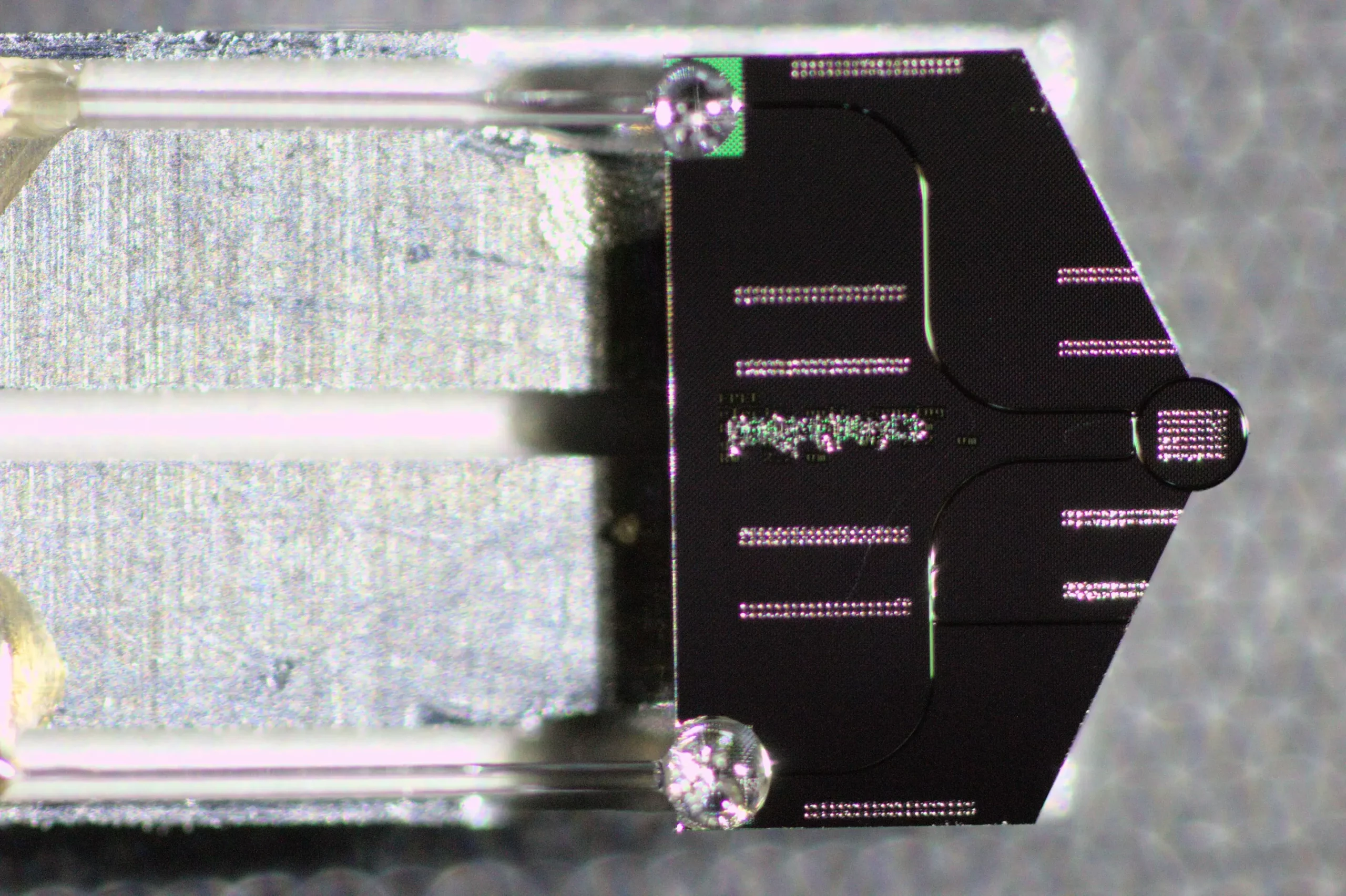The behavior of light when passing through materials has always intrigued scientists. The study of this phenomenon, known as nonlinear optics, has revolutionized various fields, from laser development to quantum information science. In recent years, the miniaturization of devices that manipulate light in nonlinear ways has gained significant momentum, enabling complex light interactions on a small scale. However, a new study led by Professor Tobias J. Kippenberg at EPFL and Professor Claus Ropers of the Max Planck Institute has taken nonlinear optical phenomena to uncharted territory: a transmission electron microscope (TEM).
The study delves into the fascinating realm of “Kerr solitons,” waves of light capable of retaining their shape and energy as they traverse materials. Specifically, the researchers focused on a type of Kerr soliton called “dissipative,” which manifests as stable, localized pulses of light with durations of tens of femtoseconds. To harness these solitons in their study, the scientists fabricated a photonic microresonator – a tiny chip capable of trapping and circulating light within a reflective cavity.
One of the key contributions of this study lies in the interaction between dissipative Kerr solitons and electrons. By generating various nonlinear spatiotemporal light patterns within the microresonator, the researchers were able to observe how these patterns affected an electron beam passing through the photonic chip. This unique coupling between free electrons and dissipative Kerr solitons elucidated soliton dynamics and enabled ultrafast modulation of electron beams.
This groundbreaking work expands the horizons of microresonator-based frequency combs, paving the way for novel applications. Professor Kippenberg envisions the use of electron-photonic chip interactions to facilitate high repetition-rate ultrafast electron microscopy and particle accelerators on a smaller scale. Furthermore, the ability to probe nonlinear optical dynamics at the nanoscale using electron microscopy opens up new avenues for research and development in nonlinear photonic devices.
The researchers fabricated the photonic chips required for the experiments at the Center of MicroNanoTechnology (CMi) and the Institute of Physics cleanroom at EPFL. The actual experiments took place at the Göttingen Ultrafast Transmission Electron Microscopy (UTEM) Lab. By utilizing the TEM, which utilizes electrons instead of light for imaging, the researchers were able to directly access the intracavity field without invasive techniques. This non-invasive approach is crucial for studying nonlinear optical physics and advancing the field of nonlinear photonic devices.
The integration of nonlinear optics and electron microscopy opens up exciting prospects for future research and technological advancements. The ability to manipulate, control, and observe light-matter interactions at the nanoscale provides invaluable insights into the fundamental properties of materials. By unraveling the mysteries of nonlinear optical dynamics, scientists can pave the way for breakthroughs in various fields, from quantum information science to optical signal processing. The marriage of nonlinear optics and electron microscopy represents a significant leap forward, unlocking new frontiers in scientific exploration and technological innovation.



Leave a Reply